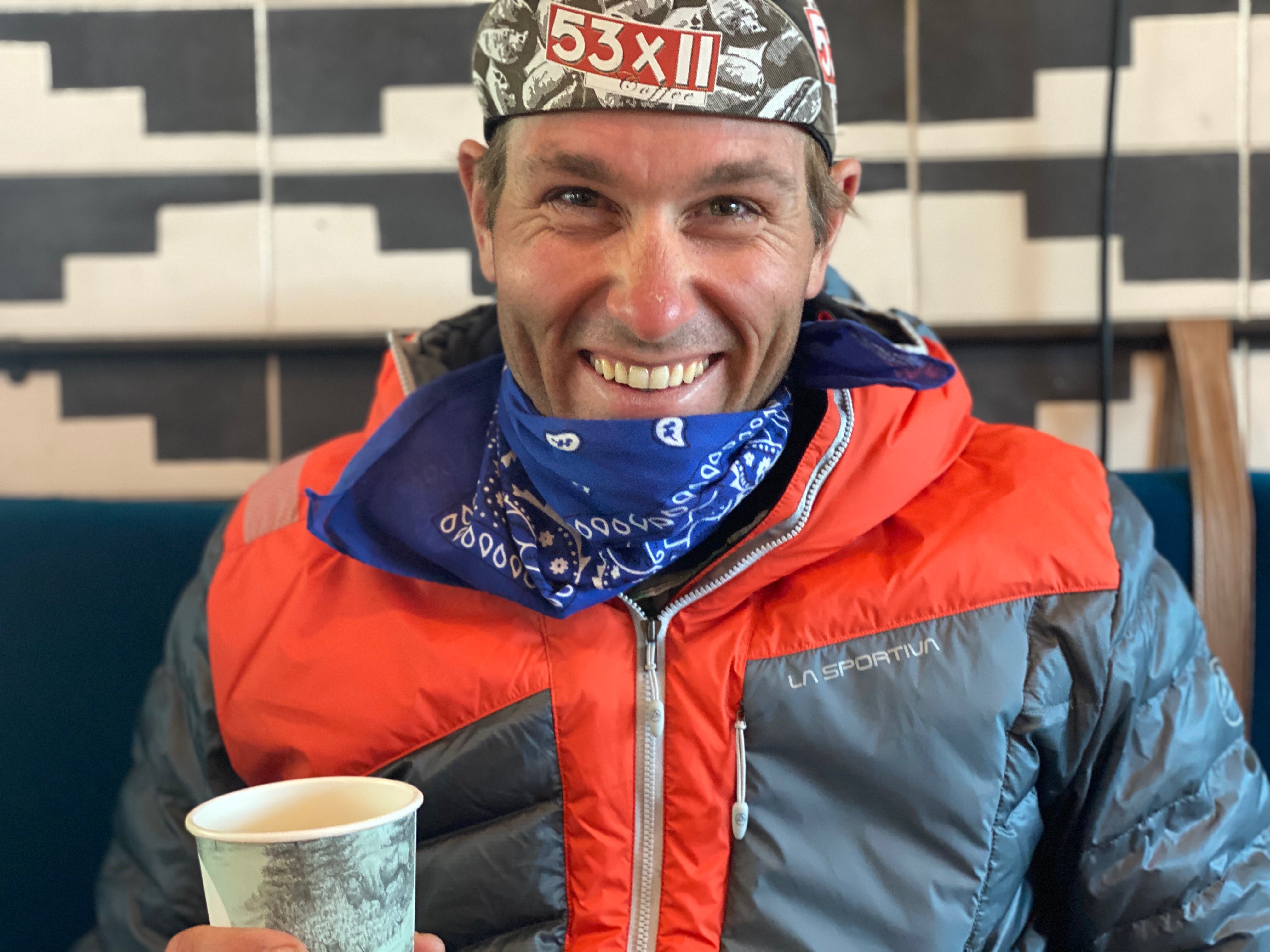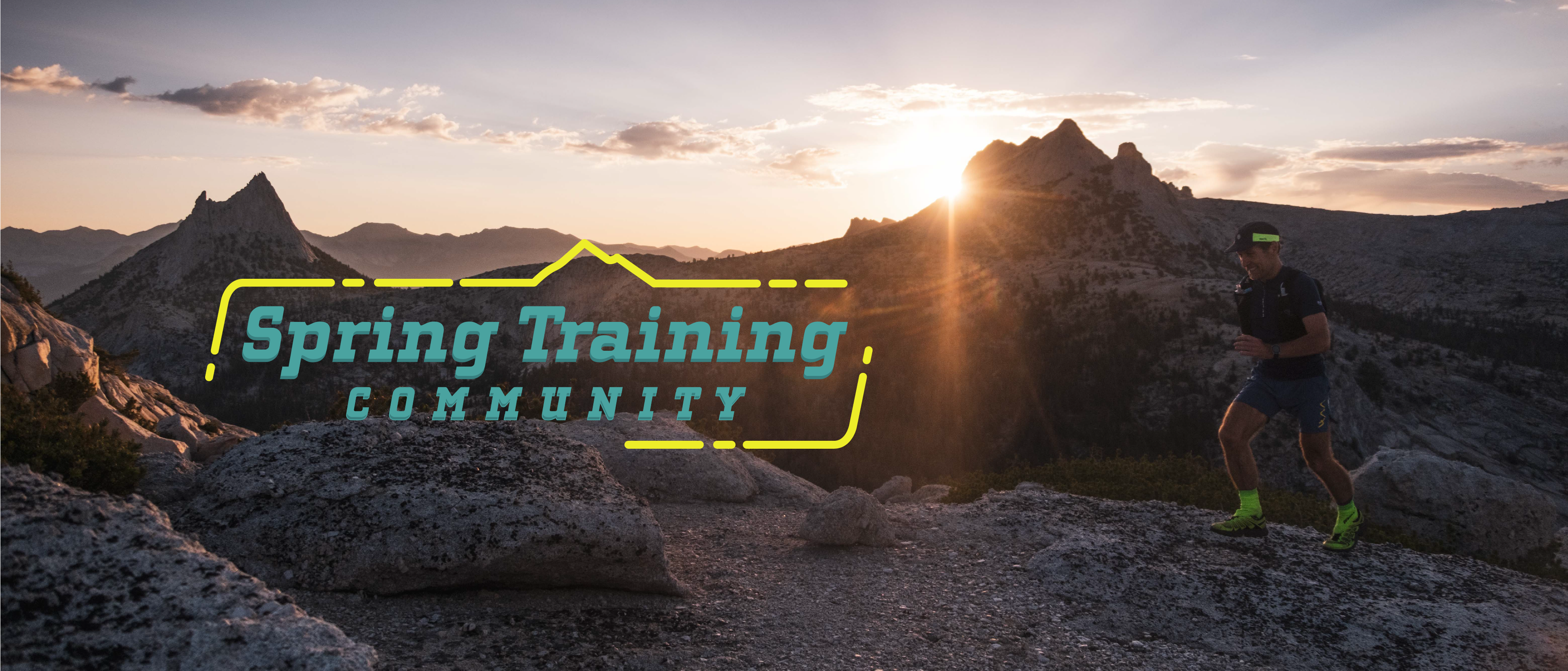Aspire Adventure Running, in collaboration with coach Andrew Fast, has created 2022’s Spring Training Community program. The training plan includes elite concepts for every athlete and monthly webinars that give participants a chance to come together for further insight. The webinars feature presentations from Andrew and special guests discussing fueling, use of technology in training, ways to improve recovery, and the power of mindset. The intent of this program is to lay down a solid foundation of base fitness in preparation for spring and summer objectives.

I’m working with an athlete who is running a 50 kilometer trail race in August. Though motivated, she is busy. As a successful businesswoman averaging 60 hour work weeks and family engagements with her two school-age daughters, fitting in training runs and the needed recovery can prove to be challenging. This athlete profile is common; motivated and disciplined but short on time. Two primary goals surface when it comes to helping this athlete: (1) longevity and (2) repeatability.
When training load begins to ramp up for the above athlete, so too does the importance of developing (or re-developing) a sustainable ebb and flow between life and training. We are not monks. We have jobs, families, and life outside of training. The discipline dial can’t be turned up to 100% year round. But there does come a time in preparation where we want to give a little more of ourselves in the form of little things that go a long way; habits. Here are my top 12 habits for longevity and repeatability:
- Be considerate. Training is important, we know this. But it shouldn’t impact everyone around you. If you’ve got a run on the schedule and are going on a long drive to a soccer tournament or weekend away–get out of the car 10 or so miles before the destination and run it in. We run in an effort to be the best version of ourselves. Do your best to not let it be at the expense of others.
- Pack your kit the night before. Laid out or packed and by the door. Early morning and uncaffeinated is not the time to be looking for your lucky socks.
- Early to bed, early to rise. Sleep is dope. Sleep is the single most performance enhancing thing you can do for your body and mind. If you get run down then consistency suffers. When working with a lower volume program, consistency is even more important.
- Clarity: Know your “why”. Spend some time thinking about your true motivation for training (process oriented or results oriented). Be mindful of where training fits in your overall life, keeping this symbiotic balance in perspective and remembering that for nearly all of us it’s about being healthy and having fun.
- Set the bar low. Set your training targets a little below what you think is feasible. You will feel better consistently hitting modest targets rather than slightly missing your targets. I am constantly giving athletes reassurance that it is okay to cut things back.
- Fuel yourself. On Sunday, do food prep for the week and eat fresh fruit in the office. Don’t create a food oasis. Have what you need at the ready and don’s skip the post training fueling window! Rought fueling guidelines: 45-60 grams of carbs/hour & 70-75 grams of carbs after longer sessions (3hrs+).

- Discover and trim unnecessary time activities. In each of our lives, we’ll have areas of dead time that we might be willing to give up in order to get an extra 30 minutes into our day. .In my mind this directly relates to sleep and social media; if you must get on social media do it when you want to be fired up (in the morning) and not when you’re trying to down regulate (right before bed).
- Have a plan. Macro and micro. Macro: season goals and a plan to get there. Micro: session goals. Show up rested and ready to work. Intensity and duration is written into a session for a reason. Internalize what the goal of the session is before you start the workout.
- Train at the appropriate intensity for your session goals. It’s tempting to seek to increase benefits by increasing intensity — however, your physiology is not impacted by the number of weekly hours you have to train. Be wary of simply making yourself more tired, rather than more fit.
- Set expectations that match your reality. Match your performance goals to your ability to commit. I look at time allocation as a pie chart; what percentage of the pie goes to career and family and training? Draw it out and make sure your expectations match your true bandwidth.

The above list isn’t comprehensive and I’m certain some of you have other habits you’ve found to be useful. Let’s hear ‘em! Send me a quick note with your top habits that have worked well for you in the past–chances are there is someone in our Spring Training Community who might benefit from implementing them. Email me: fastafast@gmail.com subjective line: HABITS and I’ll start our next meeting by sharing submissions (anonymously) with the group.
Yours in sport,
Andrew
March’s STC webinar focus is Fueling Essentials: The Specifics for Training and Endurance. Our guest speaker will be Chief Product Officer for Gnarly Nutrition Shannon O’Grady, PhD.

Join the Spring Training Community to receive the training plan and access the webinars. We’re looking forward to training with you!

Andrew works in Sports Medicine and Performance in Park City with the US Ski & Snowboard Team, USA Cycling, and Project Podium, a Team USA Under 21 Triathlon Development program. He has volunteered at the Olympic Training Center in Colorado Springs, worked with world-class runners in Mammoth Lakes, California, as well as raced and trained with elite-level athletes. Andrew earned his Doctorate of Physical Therapy from Franklin Pierce University in 2015 and started racing as a professional triathlete in 2013. As a clinician, Andrew is most interested in lower quarter biomechanics.
If you are interested in working with Andrew as a personal coach, reach him via email: fastafast@gmail.com or via social media: @fastafast.

